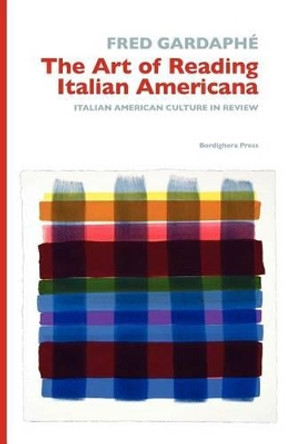Like a magic potion, Italianita has seeped through the stream of American aesthetic consciousness ever since Benjamin West stepped onto Italian soil in 1760. The first period of this artistic phenomenon was investigated in The Italian Presence in American Art, 1760-1860 and the book at hand thus continues this intellectual exploration in its development during the following sixty years. Those decades between the Civil War and World War I brought to a climax the growing sense of American continental nationhood, and this strengthened perception of national identity was reflected in American art. A synthesis was achieved in which American values and images were fused with the great tradition flowing from its Italian source. Among the themes that arise from this examination of the role that Italy played in shaping American art is first and foremost the struggle to resolve the issue of what American art ought to express: our European heritage or our cultural independence. This question penetrates to the heart of the most widely debated topic in present-day American culture - multiculturalism. The reader may well find previously unconsidered relationships between our past and present, and may be led to reconsider problems posed by the conflicting needs of unity and diversity in our nation. Other themes that appear in these essays deal with the development of American wealth and its role in influencing the taste of the period, and with feminism. In these pages it will be noticed how very closely American art mirrors the American Experience. While all art reflects the cultural context in which it is created, the nature of American art, predominantly Romantic-Realism, makes the link between idea and image particularly visible. What becomes evident is that "the Italian presence" was almost never a simple matter of direct influence; rather it was an experience for American artists that afforded them, above all, insight and inspiration. Italy was America's muse.
About the AuthorIrma B. Jaffe's books include Joseph Stella; Baroque Art and the Jesuit Contribution; The Italian Presence in American Art; Shining Eyes, Cruel Fortune: The Lives and Loves of Italian Renaissance Women Poets; and Giuseppe Betussi and Eleanora Falletti, Polygraph and Poet at the Dawn of Popular Literature. The recipient of many awards and grants, she founded the department of Art and Music at Fordham University, where she is Professor Emerita of Art History.
ReviewsThese 16 separate essays probe into and beyond our generally held recognition of the prominent role Italy and Italians exerted on painters, sculptors, and architects of our new world. Palladianism--by way of England, to be sure--first touched the colonies and new republic. Here Palladianism and the following classicism in American sculpture and architecture are examined afresh. Matters of less currency include the frustrations of Rembrandt Peale and S.F.B. Morse abroad, Harriet Hosmer's problems with her Zenobia, the young Elihu Vedder as "macchiaiolo," the collectors of early Italian art--Bryan and Jarvis, the Italian sculptors and painters imported to adorn the US Capitol, and the place of "the Italianate villa" (on which further clarification is needed) in American architecture. Many of these essays pose new questions not previously addressed in the critical treatments of painters and sculptors of the period. For upper-division undergraduate and graduate students. * -Choice *
". . . offers an unmatched combination of a well-integrated text and sumptuous illustrations." * -Journal of the American Studies Association of Texas *
Book InformationISBN 9780823213429
Author Irma B. JaffeFormat Hardback
Page Count 265
Imprint Fordham University PressPublisher Fordham University Press









